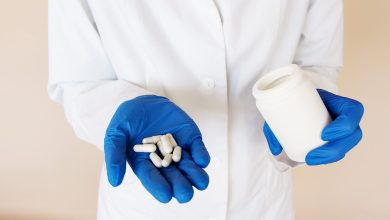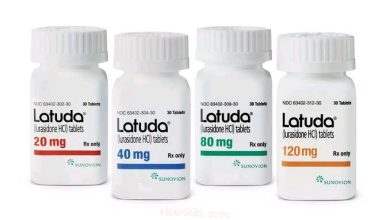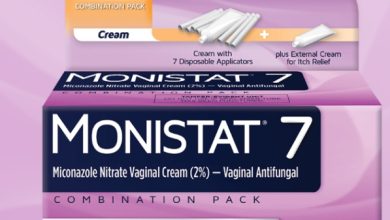Why is Cromolyn Sodium So Expensive?
Cromolyn sodium is a medication that has been used for decades to treat conditions such as asthma and allergic rhinitis. Despite its long-standing presence in the market, one cannot overlook the fact that cromolyn sodium comes with a significant price tag. This article aims to shed light on the factors that contribute to the high cost of cromolyn sodium and explore the reasons behind its expense.
READ ALSO: Why Is Amlodipine Banned In Canada?
Why is Cromolyn Sodium So Expensive?
Limited Competition
One of the primary reasons for the high cost of cromolyn sodium is the limited number of manufacturers in the market. Cromolyn sodium is not produced by a multitude of pharmaceutical companies, which reduces competition and allows manufacturers to maintain higher prices. With fewer alternatives available, companies can exercise greater control over pricing, leading to increased costs for consumers.
Rearch and Development Costs
The development of any medication, including cromolyn sodium, involves extensive research, clinical trials, and regulatory approval processes. Pharmaceutical companies invest substantial amounts of money and resources into these stages, which significantly impacts the overall cost of the drug. These expenses are often passed on to consumers, resulting in higher prices for medications such as cromolyn sodium.
Production and Manufacturing Expenses
Manufacturing cromolyn sodium requires adherence to strict quality control standards, which can increase production costs. The formulation and synthesis of the drug must meet rigorous specifications to ensure safety and efficacy. Additionally, the infrastructure, equipment, and labor required for large-scale production contribute to the overall expense of manufacturing cromolyn sodium.
Patent Protection and Market Exclusivity
Pharmaceutical companies typically hold patents for their medications, granting them exclusive rights to produce and sell the drug for a certain period. During this time, companies can charge higher prices to recoup their investment and generate profits. As cromolyn sodium is an older medication, its patent may have expired, but market exclusivity can still play a role in limiting generic competition and keeping prices high.
Regulatory Hurdles and Compliance
Pharmaceutical companies must adhere to strict regulatory guidelines and undergo rigorous testing and approval processes before bringing a medication to market. Compliance with these regulations incurs additional costs, such as conducting clinical trials, obtaining approvals, and ensuring post-market surveillance. These expenses contribute to the overall price of cromolyn sodium.
Limited Demand and Economies of Scale
Compared to more widely prescribed medications, the demand for cromolyn sodium may be relatively lower. This limited demand can prevent manufacturers from benefiting from economies of scale, as the costs of production, distribution, and marketing are not spread over a large volume of sales. Consequently, the smaller market size of cromolyn sodium may contribute to its higher cost.
Conclusion
While cromolyn sodium is an effective medication for managing asthma and allergic rhinitis, its high cost can be burdensome for patients. Factors such as limited competition, research and development expenses, production costs, patent protection, regulatory compliance, and limited demand all contribute to the elevated price of cromolyn sodium. Understanding these factors helps shed light on the complexities of the pharmaceutical industry and the challenges in balancing access to affordable medications with the need for innovation and sustainability.



